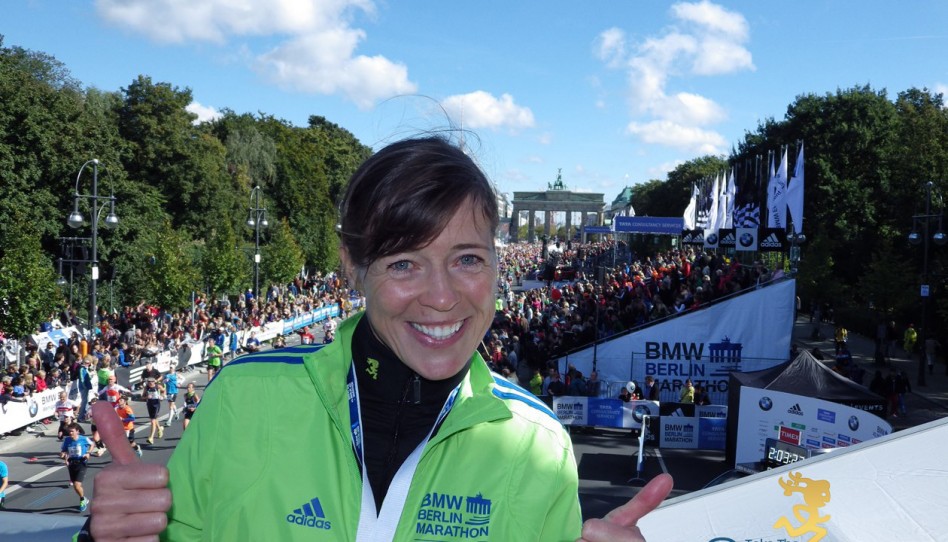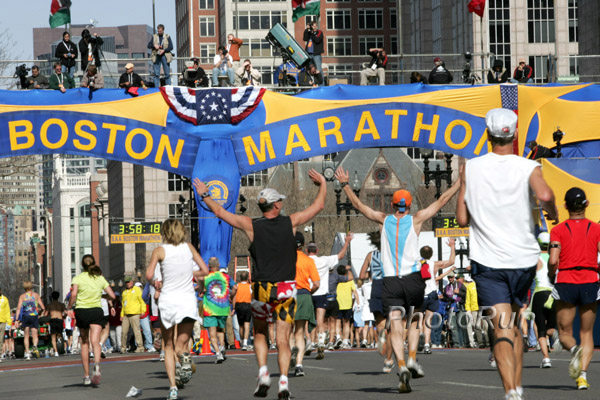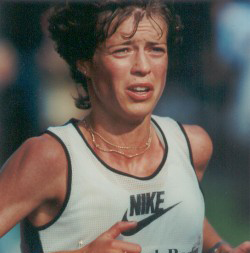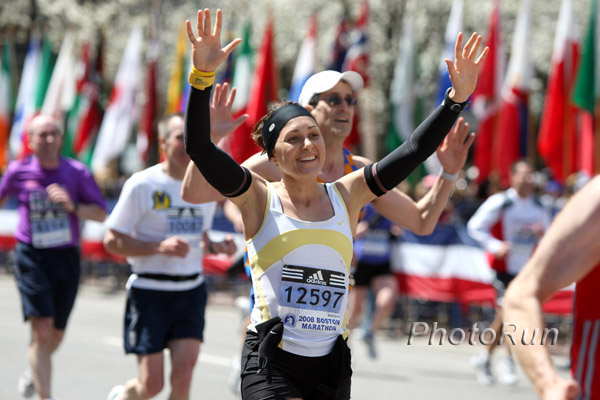Run and Row: A Comparison of Endurance

In many cities, back-to-school season brings a welcome sight: Rowing teams gliding gracefully along the water in the early morning and late afternoon. In American cities such as Philadelphia, Boston and Washington, where crew teams have a strong presence, regular runners can appreciate the fitness and dedication demonstrated by their water-borne compatriots in endurance sport. Even at a glance, it’s obvious that rowing demands high degrees of strength, endurance, coordination and teamwork. Many runners have no doubt wondered how their fitness compares to that of competitive rowers. Let’s look at that question, both in broad terms and with the anecdotal observations of a successful participant in both disciplines.
One measure of aerobic fitness is maximal oxygen uptake, or how much oxygen working muscles can process. Competitive rowers have almost twice the aerobic capacity of sedentary people of similar weight. However, the aerobic capacity of world-class rowers is, on average, 8% to 10% lower than that of elite runners. This finding is not all that surprising—rowing demands more muscular strength than running, so there are other aspects to being a successful rower.
Speaking of muscles, elite rowers and runners both have a much higher percentage of slow-twitch fibers than the average person. Slow-twitch fibers are the ones that can best process oxygen and that are the primary ones used in endurance activities; fast-twitch fibers fire more rapidly, allowing for bursts of speed and strength, but they tire quickly. An average person has roughly half slow-twitch and half fast-twitch fibers. Competitive rowers and runners more often have about 70% slow-twitch fibers, and some have even higher concentrations—rowers have been measured as high as 85% slow-twitch fibers, while New York City and Boston Marathon champion Alberto Salazar was once measured as possessing 92% slow-twitch fibers.
Although runners and rowers have similar muscle compositions, the structure of those muscles is often different. As is the case with most elite endurance athletes, the cross-section of runners’ individual muscle fibers is quite small. As exercise physiologist Stephen Seiler, Ph.D., explains, “small muscle cell diameters mean reduced oxygen diffusion distances.” In other words, this adaptation to endurance training allows muscles to be “fed” with more oxygen.
The cross-section of rowers’ muscle fibers, however, are abnormally large. Seiler notes, “The stroke frequency of competitive rowing is quite low when compared to the contraction frequency employed in cycling or running. In contrast, the peak muscular force is substantially higher. The rower must adopt a pattern of work output that relies on relatively few periods of high force production with longer ‘rest’ intervals between contractions. This pattern of activity is consistent with the development of larger muscle fibers, in appropriate response to the task demands.”
One Athlete’s Experience
Jess Barker has competed in both rowing and running. As an undergraduate, she rowed in the women’s boats for her alma mater, Jesus College, Cambridge, as well as running the 2005 Flora London Marathon in 3:42:19. Her story illustrates some of the similarities and differences between the two sports.
“At school, I didn’t really consider myself that much of a sports type,” says Jess. “I ran now and then, did an occasional cross country race on Hampstead Heath in north London, and occasionally ran the 1500 or 3000 meters in local school championships.” She also took part in the Flora London Mini-Marathon, but without achieving anything special.
When she went to Cambridge, she decided to try rowing. Perhaps the reason behind this lies in her genes – her father, who is well over 6 feet tall, also rowed, while her mother has the sinewy physique of a natural distance runner.
At Jesus College, Jess discovered the world of rowing: an average of four sessions a week on the water, plus two with weights in the gym and two “Erg” sessions, where individual and crew performance are measured indoors over a particular distance. The latter tests took place indoors and consisted of either 30 minutes at a consistent tempo or, as Jess puts it, “the dreaded 2K test,” in which each crew member had to row as hard as she or he could. Togetherness was also important. After training, the crew would often eat together, especially the evening before a race.
Jess wasn’t so strong on technique, but she had stamina, and the feeling of being with other, technically better rowers in the same boat was a great experience when everything went right. But in her final year at university, she more or less changed sport, and concentrated on running. Time was tight in the face of the forthcoming exams.
She certainly gave herself a big challenge when she decided in the autumn of 2004 to run the next year’s Flora London Marathon. Instead of the river Cam, her training venue became the flat landscape around Cambridge. Her build-up went well: two half marathons between 1:40 and 1:45, and 45:00 for 10K. Being on her feet for a long time was in contrast to rowing, when she could reckon on giving 100% effort for up to 15 minutes, and had to pay keen attention to the instructions from the coxswain. “In running races, I could enter my own world of concentration,” Jess says. “But when I did two 20-mile runs in training, they were hard.”
On marathon day, things went mostly to plan. Jess says, “I’d planned to run inside 8:30 minutes per mile, but then slowed over the last 4 to 5 miles.” She reached the finish line in 3:42:19. “Afterwards, I could barely walk, and felt completely out of it,” she remembers. Two endurance-sport achievements: running one of the world’s greatest city marathons and fast, competitive racing in a rowing boat. How did she compare her fitness on these occasions?
“When I produced my best results in the ‘Erg’ sessions in my second year as a student, I certainly couldn’t have run 45:00 for 10K on the road,” Jess says. “Conversely, in the weeks after the London Marathon, I found it really hard to keep up with the others in an ‘Erg’ test. The experience of preparing for and running a marathon was simply something very different.”
The underlying message of Jess’s experience is one well worth keeping in mind—all endurance sports have their own demands and rewards. While a high degree of cardiovascular fitness can ease the basic transition from one to another, to excel in a given sport requires specific training that causes worthwhile bodily changes. Rather than argue or worry over who is the fittest, all endurance athletes should recognize and respect the achievements of their comrades in sweat, regardless of sport.
- Posted September 19, 2007
© Copyright 2007-2024 by Take The Magic Step®. All Rights Reserved.




